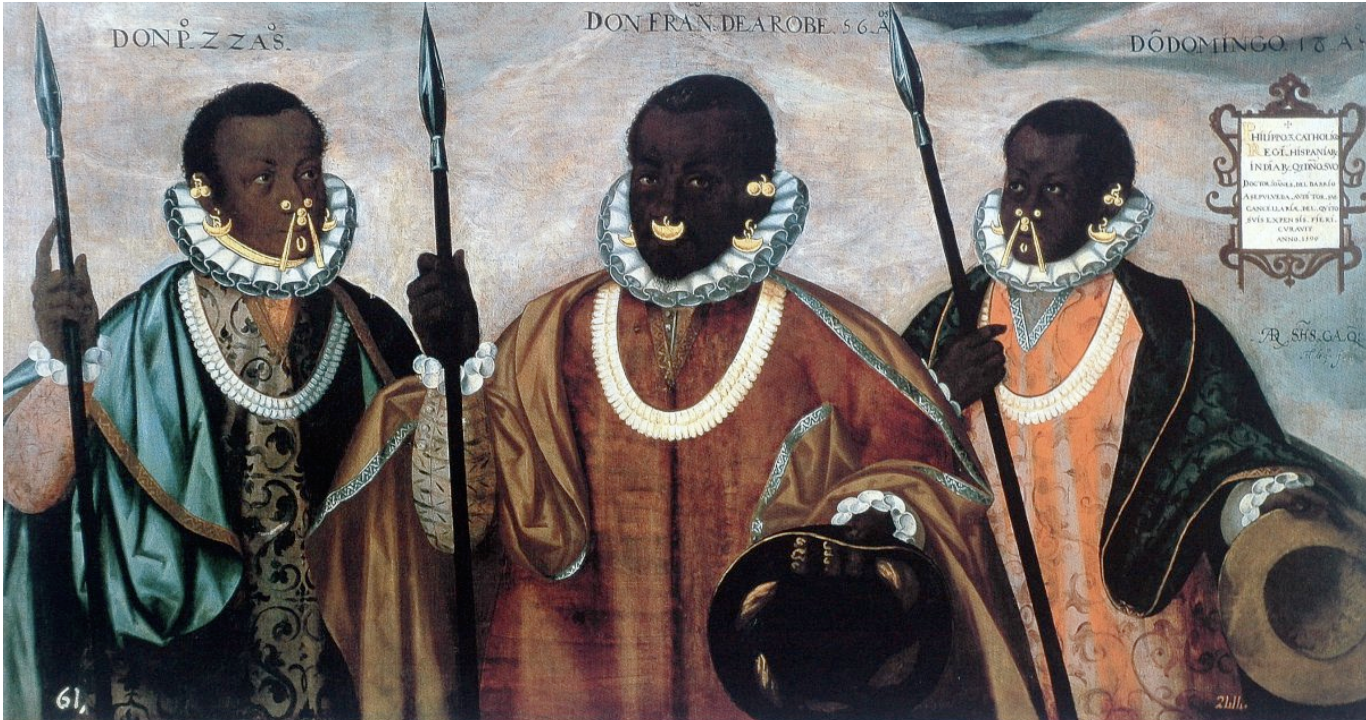This course provides an introduction to the art, visual culture, and architecture of colonial, modern, and contemporary Latin America. The first half of the course will examine early contact between Europeans and Indigenous Americans, with an overview of the importation, adaptation, and responses of European artistic models in the Americas. We will analyze the transformation of Indigenous artistic traditions as a result of the European colonial project in the Americas (1492-ca–1820) through a variety of materials and topics, including, religious architecture, painting, prints, sculpture, and manuscripts drawings. The second half of the course will examine art from the early nineteenth century to the present, considering the role of the arts in building independent nations and creating shared artistic legacies constantly adapting and/or responding to outside influences. By analyzing current art historical debates, in the field of Latin American art, between national vs. cosmopolitan aesthetics, Hemispheric and Inter-American projects for continental unity we will see how Latin American artists negotiated issues of identity and contributed to the development of modern and contemporary art. We will explore twentieth-century Latin American visual arts through photography, manifestos, magazines, performances, exhibitions, and ephemera with a special focus on new technologies and global changes.

- Teacher: Gonzalo Pinilla